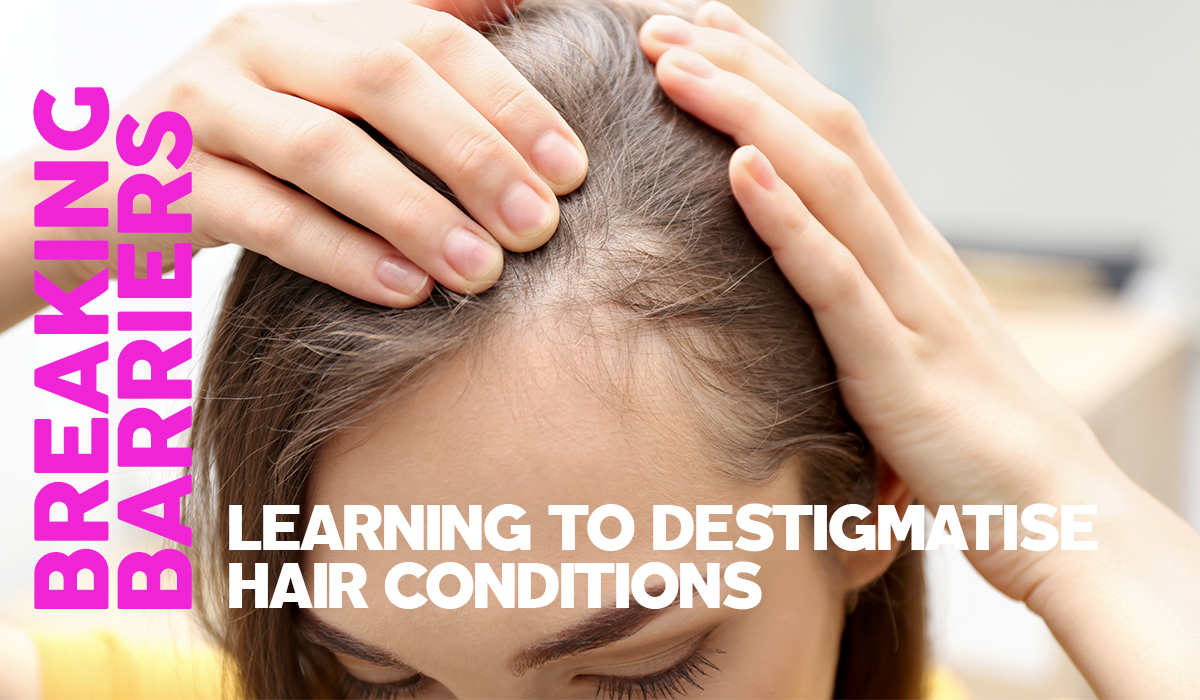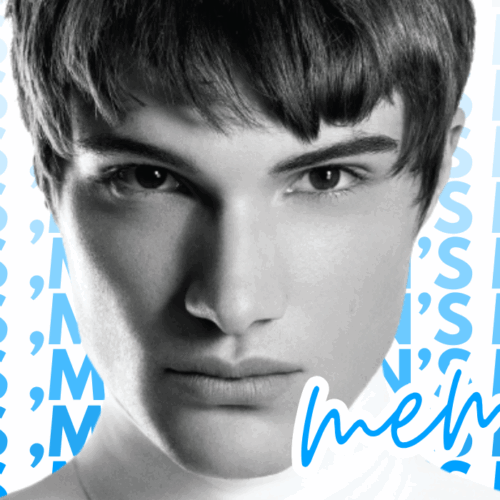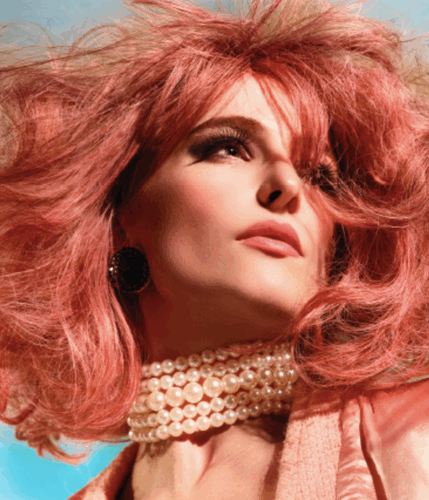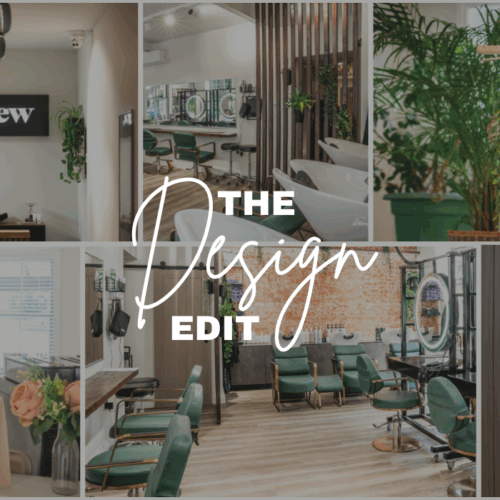Visits to the salon should be a fun, relaxing and enjoyable time – however for some people, a hair appointment instead promises an unpleasant, daunting and uncomfortable experience. Due to stigmatised hair conditions, traumatic treatment and crippling self-consciousness, many people actually fear going the salon.
With an estimated 400,000 people in the UK having alopecia and 2 percent of the country’s population suffering from psoriasis, it’s hair conditions like these which often see sufferers avoiding hair salons.
This week, we sat down with Alice Dawkins, hair expert at Milk + Blush, to learn what steps hair salons can take to remove these barriers and create a more welcoming environment for people suffering from hair conditions…
Provide Targeted Training for Hair Professionals:
Specific training sessions for salon employees about recognising and handling different hair conditions can enable hair establishments to create a safer and more comfortable environment for anxious individuals.
Improved knowledge of various hair challenges, including their symptoms, appearance and treatments, can help professionals ensure they approach clients with empathy and respect, and use appropriate language to handle different clients sensitively. Detailed training can also provide stylists with the tools and knowledge to offer personalised haircare recommendations based on clients’ needs.
Improved salon staff knowledge will help people with various scalp conditions to feel more understood and accommodated in hair salons, this will help them feel more comfortable discussing their hair struggles. Equally, commitment to specified training by hair professionals will demonstrate their willingness to accommodate all clients, regardless of their hair condition.
However, it is also important to encourage clients to seek medical advice if they have not already to effectively treat conditions.
Promote Education and Awareness:
The stigma surrounding different hair conditions and diseases is predominantly down to a lack of education and awareness about their causes, symptoms, appearance and treatment.
To resolve this, salons and professionals can launch small educational campaigns to draw awareness and improve understanding of conditions to reduce industry stigma.
For different awareness days and months, salons can display educational materials in waiting areas and in the general space. Brochures, posters and digital content on a website or social media can all provide information to debunk myths and increase understanding.
This is beneficial for hair professionals as these efforts can expand their client base by demonstrating their commitment to raising awareness.
Increase Accessibility:
People that suffer from hair conditions can feel embarrassed and self-conscious about the way their hair looks, so salons can be intimidating. By creating an environment where all clients feel supported and understood, salons can be accessible establishments for everyone.
For example, services and treatments that aim to treat conditions such as psoriasis and alopecia, should be specifically advertised to encourage people to book appointments for those services. Salons should also offer the opportunity for people to visit for consultations in private spaces to prevent feelings of embarrassment.
Dedicated time slots are another alternative for people who may feel self-conscious or anxious about their hair to receive a consultation or service without fear of judgement.
Alternatively, professionals could advertise workshops and seminars online or in person to teach people about improving haircare routines and build a community of clients facing similar hair challenges.
Celebrate Diversity:
One of the most effective ways to promote inclusivity and reduce stigma in the hair industry is to provide diverse representation in advertisements and marketing materials.
Salons can showcase individuals with different hair as models to help them become normalised. Diversity should also be increased in the salon with plenty of imagery showing different hair types to create a welcoming environment for all.
Testimonials and success stories are also powerful tools. Highlighting stories of clients who have been able to successfully manage their condition or treat it will showcase a salon’s dedication to helping clients feel beautiful and can make prospective clients feel more confident about visiting the salon.
To visit the Milk + Blush website, click here
For related articles, click here





